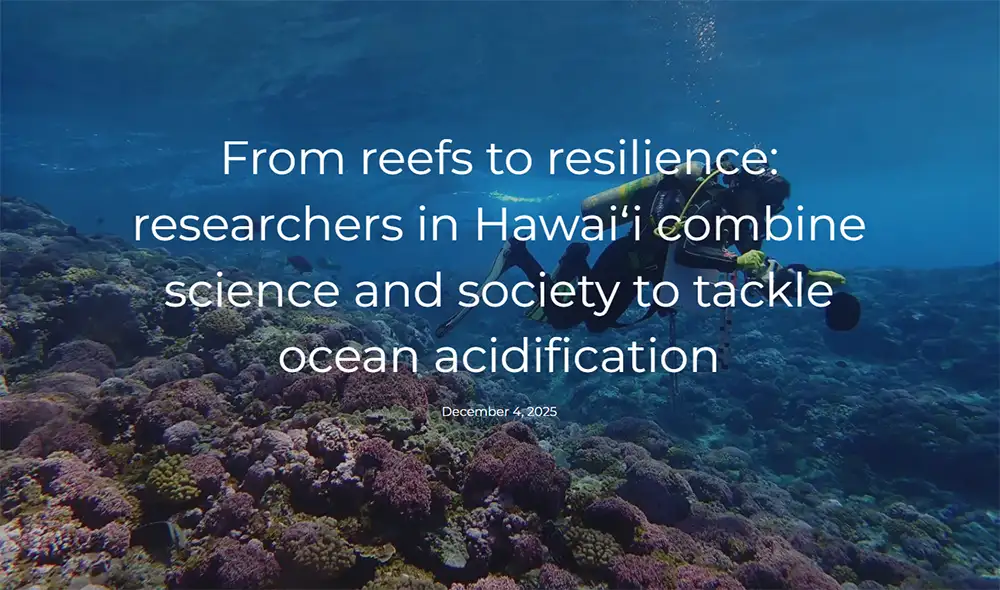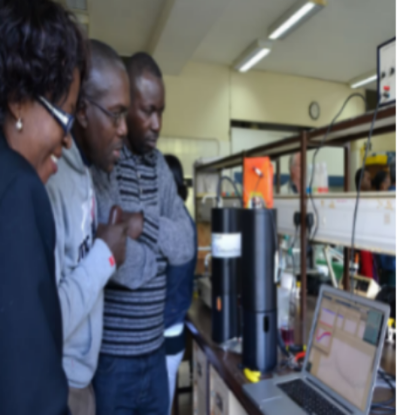Forecasting for the Future: How Chesapeake Bay Anglers Use CBEFS to Outsmart “Bad Water”
This story was originally posted on the MARACOOS website. Chesapeake Bay anglers use CBEFS forecasts to track low-oxygen zones, harmful algal blooms, and other conditions for safer, more productive fishing. OAP supports this forecasting tool that gets ocean chemistry information into the hands of anglers and others. For anglers on the Chesapeake Bay, few things […]
Forecasting for the Future: How Chesapeake Bay Anglers Use CBEFS to Outsmart “Bad Water” Read More »











